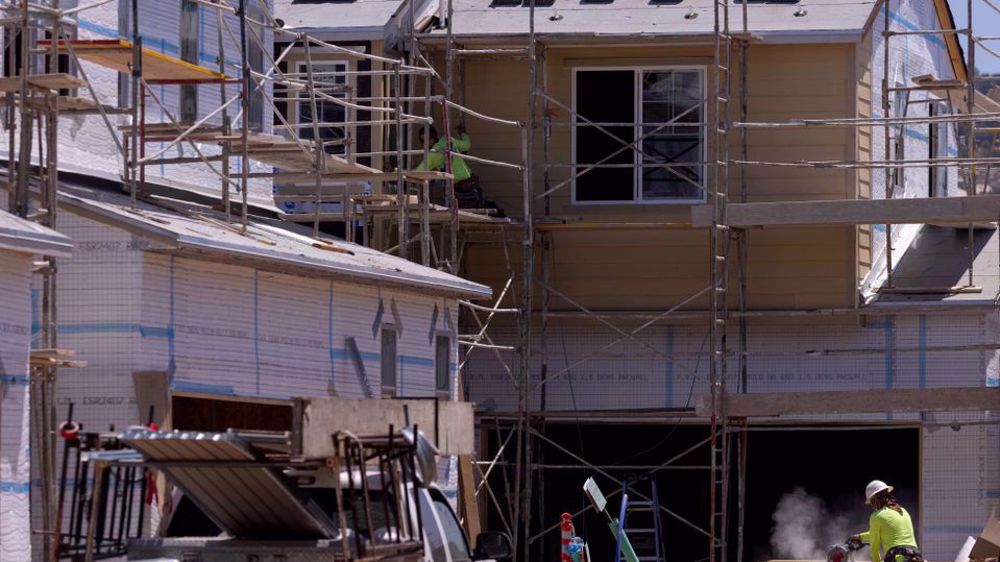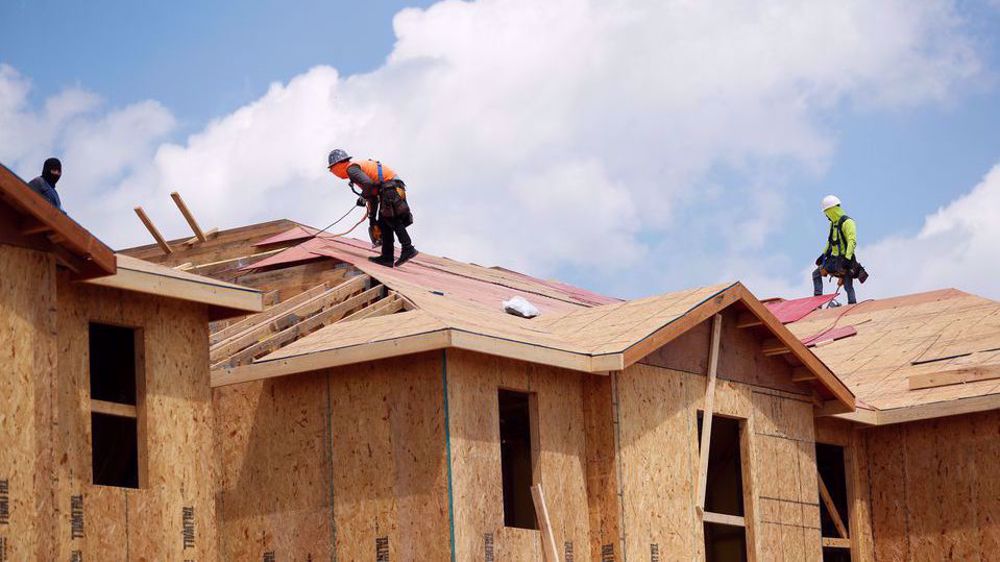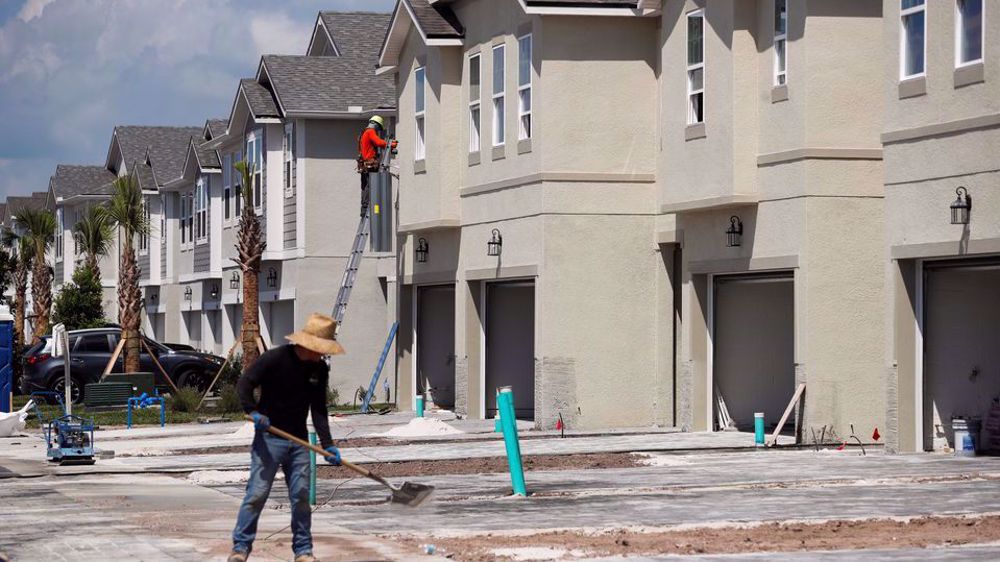US homebuilding drops, construction backlog surges as shortages worsen
Construction of new homes in the United States tumbled in October as activity remains constrained by shortages of materials as well as scarce land and labor.
Housing starts fell 0.7% in October, while the number of houses authorized for construction but not yet began rose to a 15-year high, underscoring the disruption to the market.
Permits for future homebuilding went up 4.0% to a rate of 1.650 million units in October, according to a report from the Commerce Department on Wednesday.
Though the report showed a rise in the permits, the increase was concentrated in the volatile multi-family housing segment. This will have little positive effect on acute shortage of houses on the market, which has resulted in record annual gains in home prices.
"Residential housing construction activity continues to flounder," said Christopher Rupkey, chief economist at FWDBONDS in New York. "There are zoning problems, higher land costs, a lack of labor, and inflation has inflated the cost of raw building materials."
Construction activity by region had modest declines in the Northeast, South and West, while the Midwest came in 5.6% higher in October.
On Tuesday, a survey from the National Association of Home Builders showed an increase in confidence among single-family homebuilders for the third straight month in November, but noted that “supply-side challenges, including building material bottlenecks and lot and labor shortages, remain stubbornly persistent.”
The price of lumber and copper remains high and availability of land for building is at multi-decade lows.
Construction costs rose a record 12.3% year-on-year in October, according to producer price data published last week.
According to a report in October, the surge in housing costs is making it more difficult for some Americans to buy their first home and for some others to afford their rent, increasing demand for subsidized housing and widening the wealth gap between renters and homeowners.
The spike is also forcing more American households to live farther from their workplaces, increasing commute times, undercutting labor force participation and slowing economic growth.
Tortured body of abducted Syrian cleric found in Damascus outskirts
UFC legend Khabib Nurmagomedov accuses US airline of racism after being deboarded
Israel turns hospitals into mass graves in ‘hellish’ north: Gaza Health Ministry
Israel heavily bombs Lebanon in new violation of truce with Hezbollah
Jan. 12: ‘Axis of Resistance’ operations against Israeli occupation
Gaza’s GDP plummeted by 82% amid Israel's genocide, statistical data show
Iran Army unveils ‘daunting’ laser-powered air defense system guarding nuclear sites
VIDEO | 1,000 strategic, anti-fortification drones join Iran Army arsenal












 This makes it easy to access the Press TV website
This makes it easy to access the Press TV website